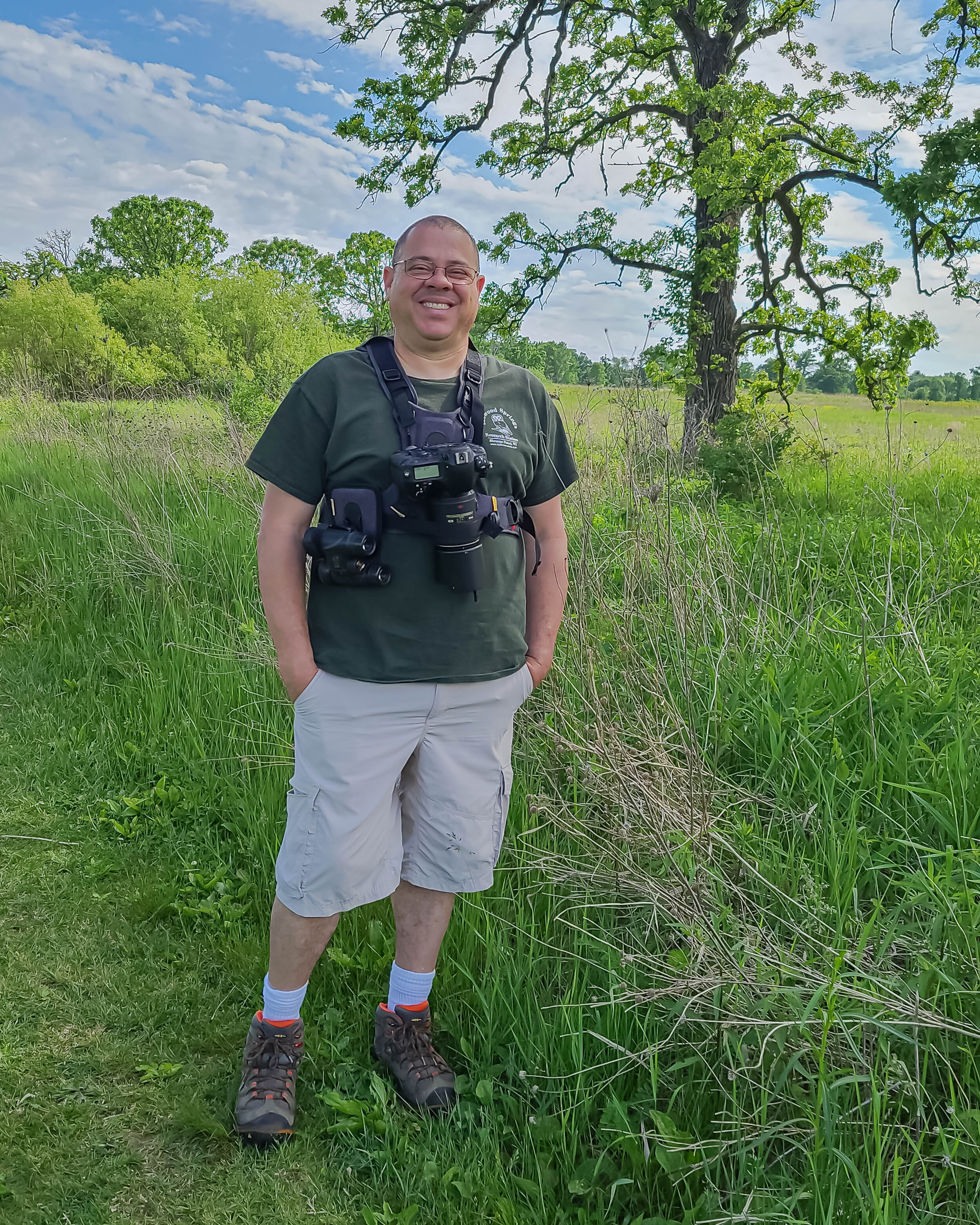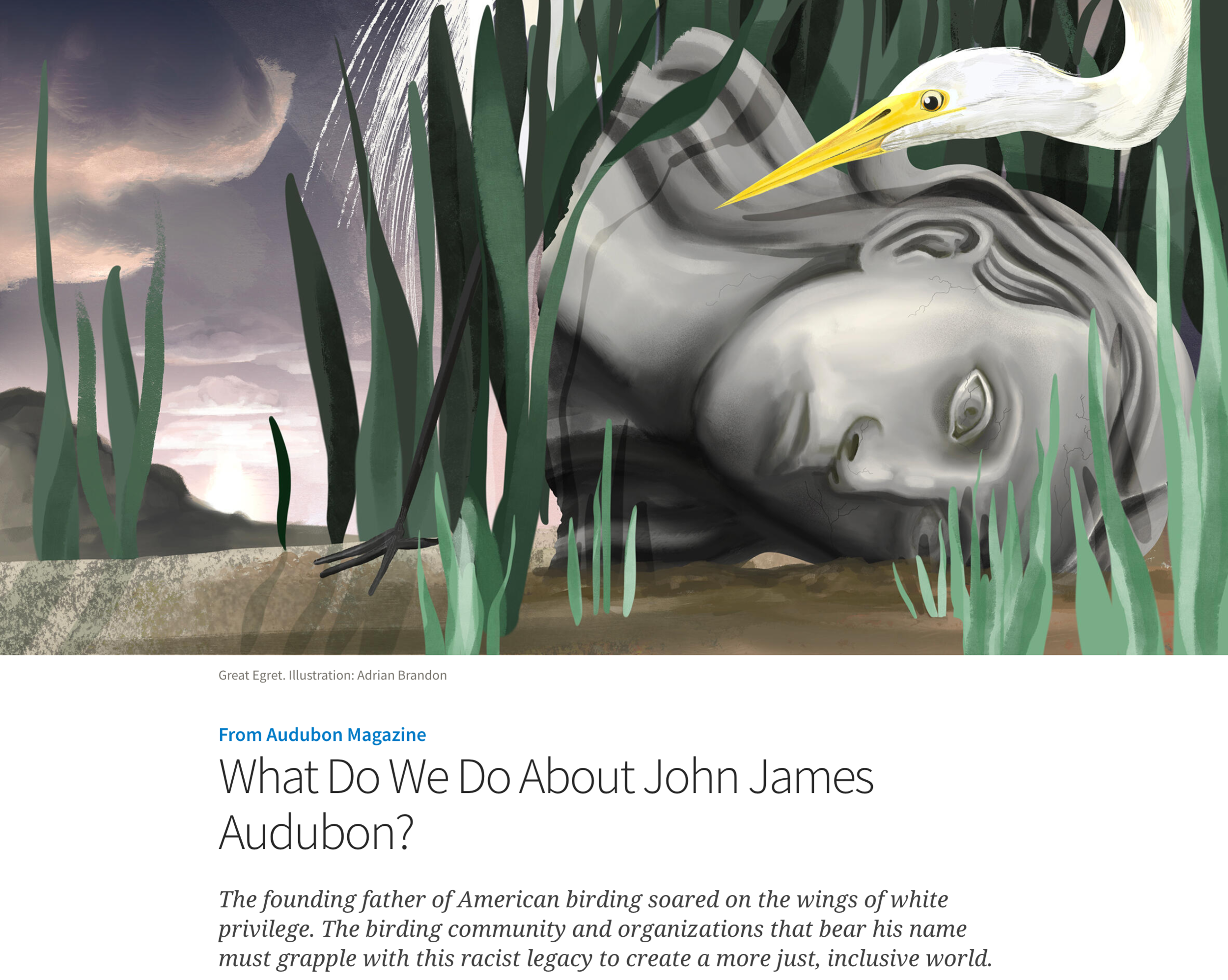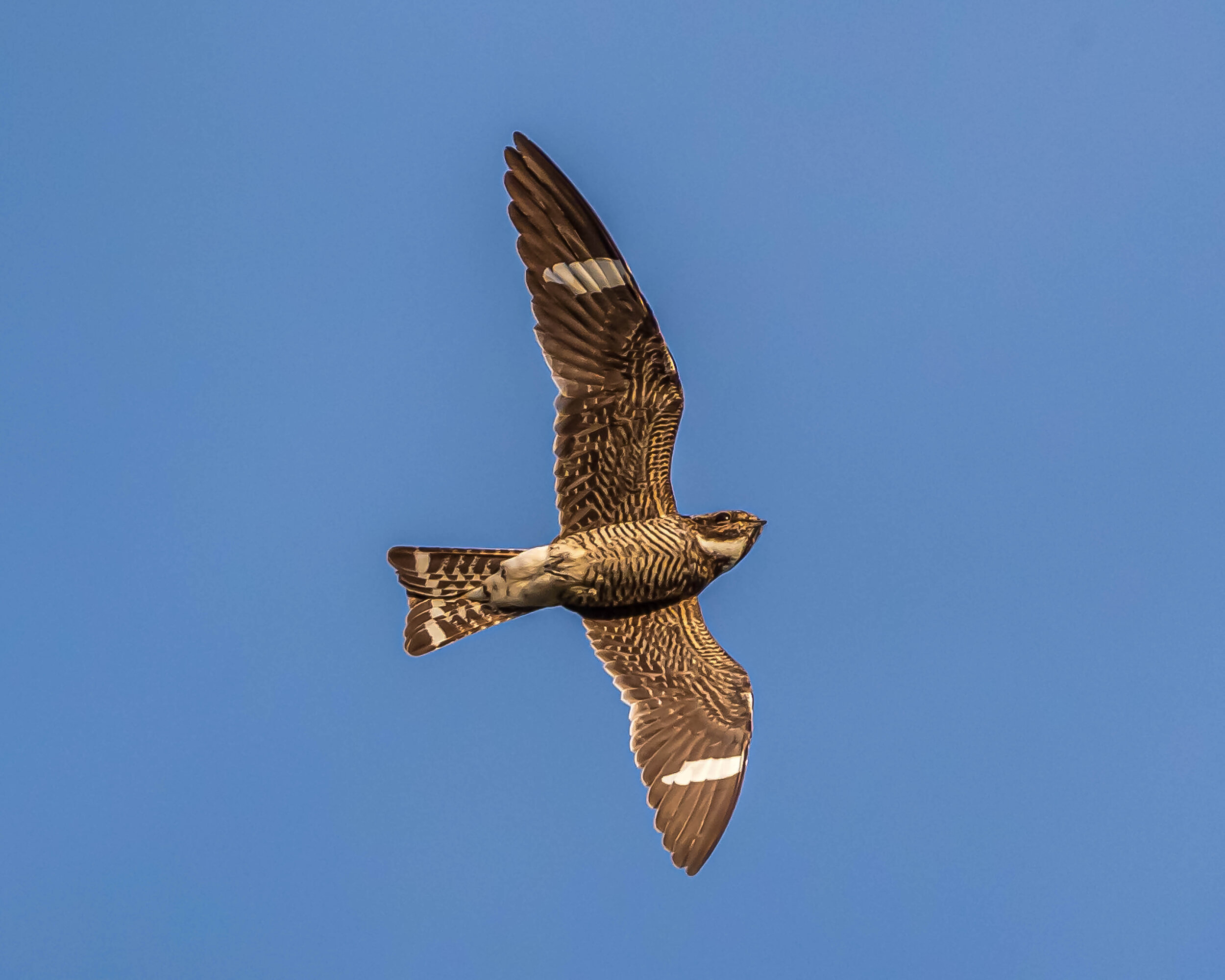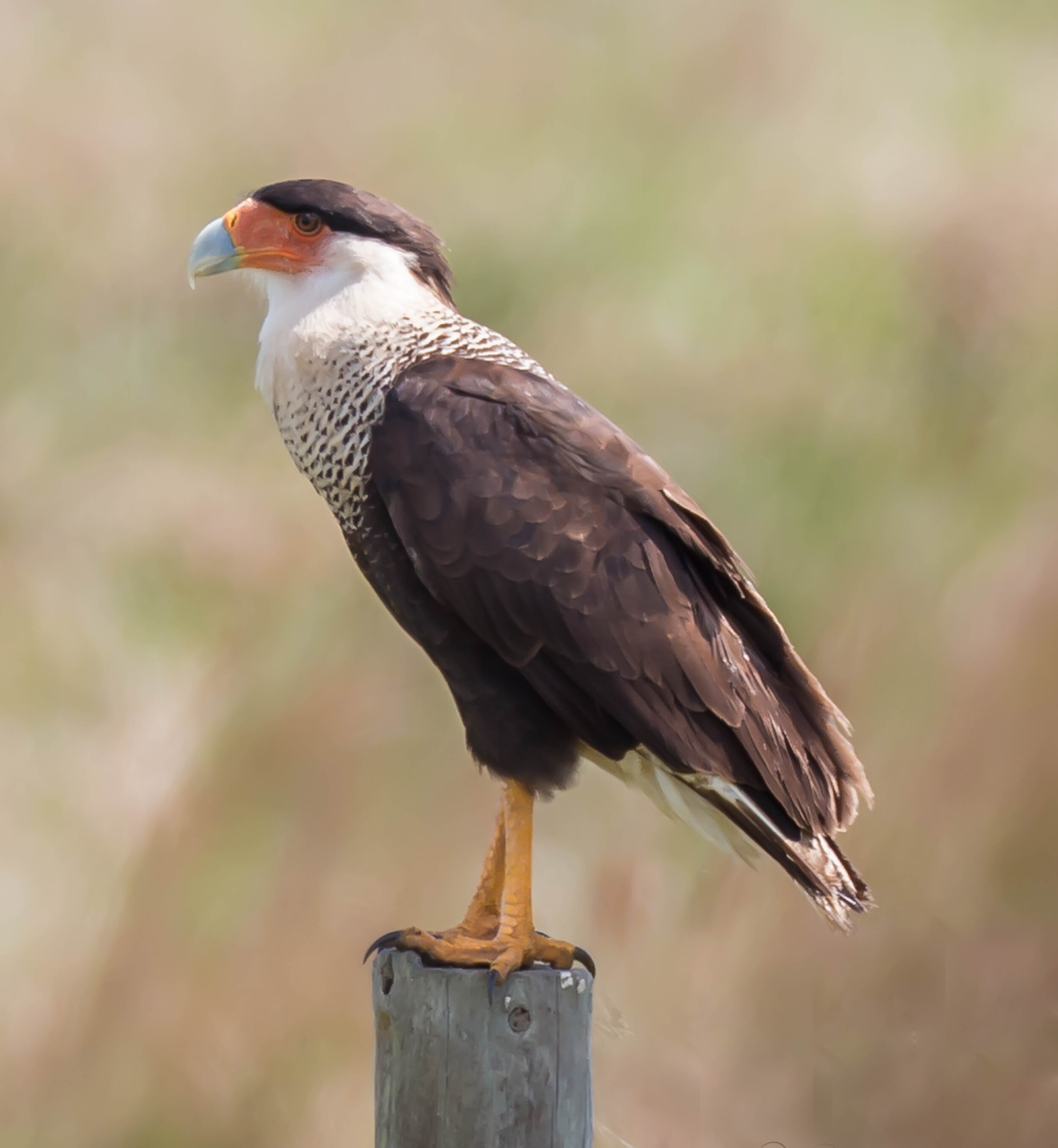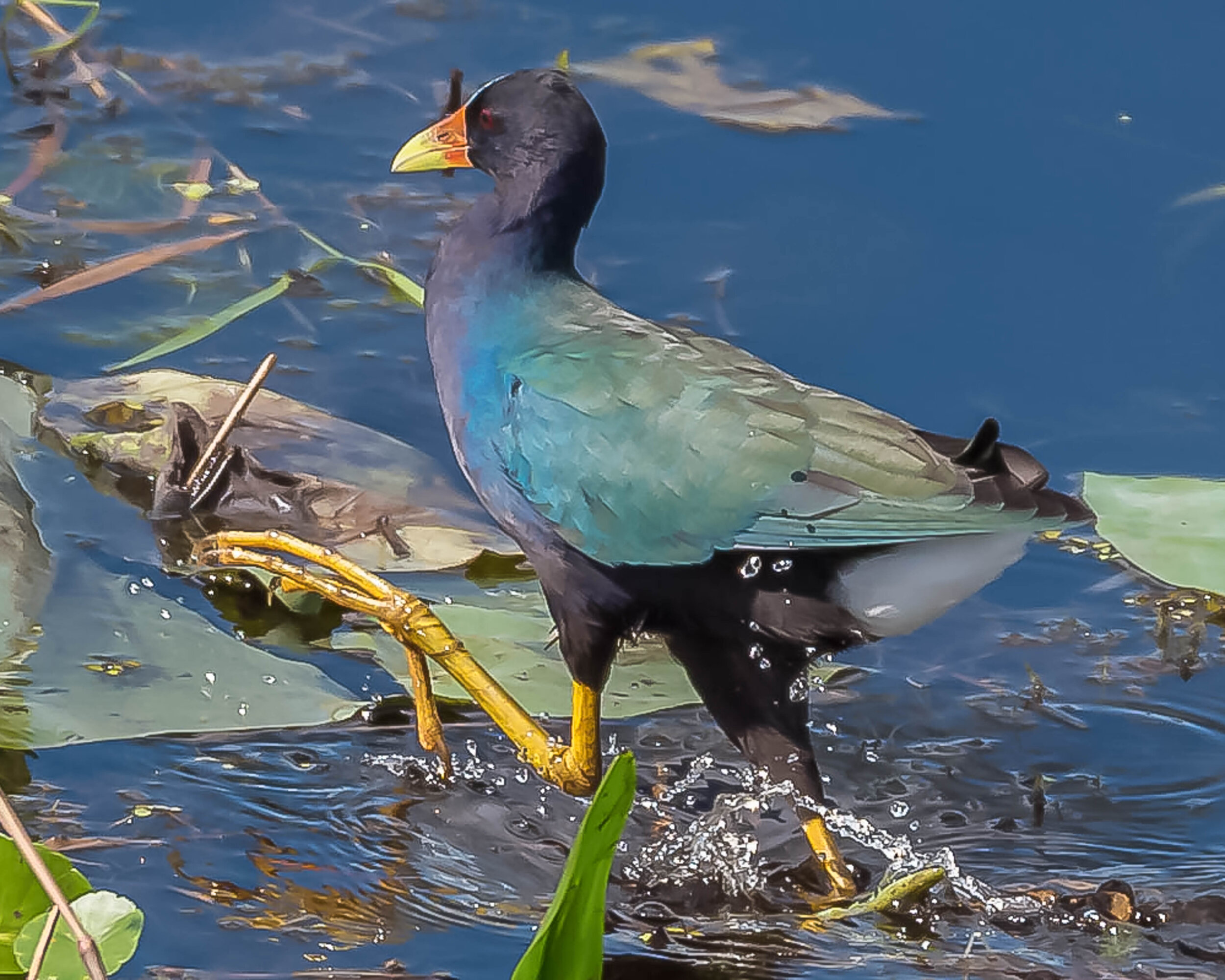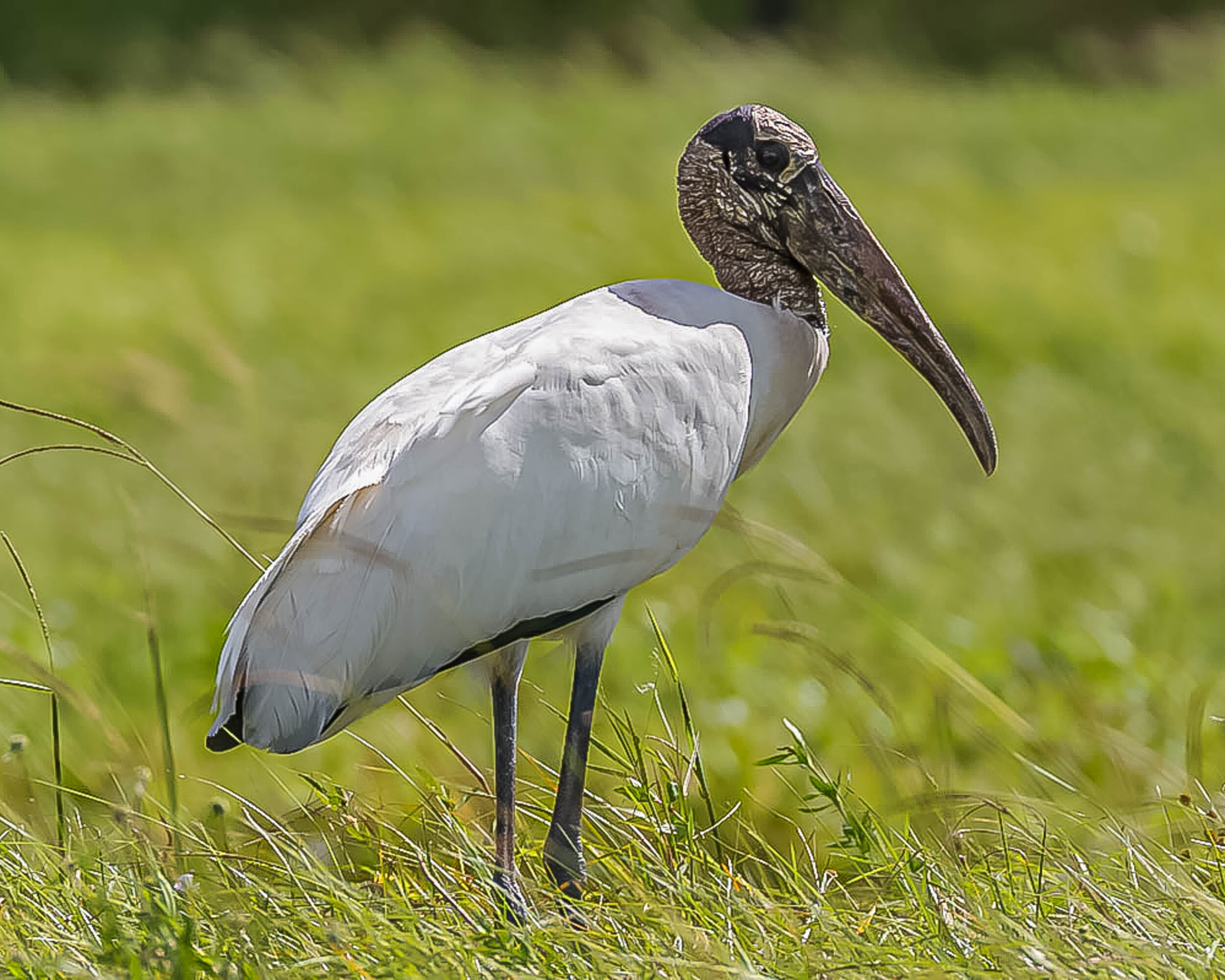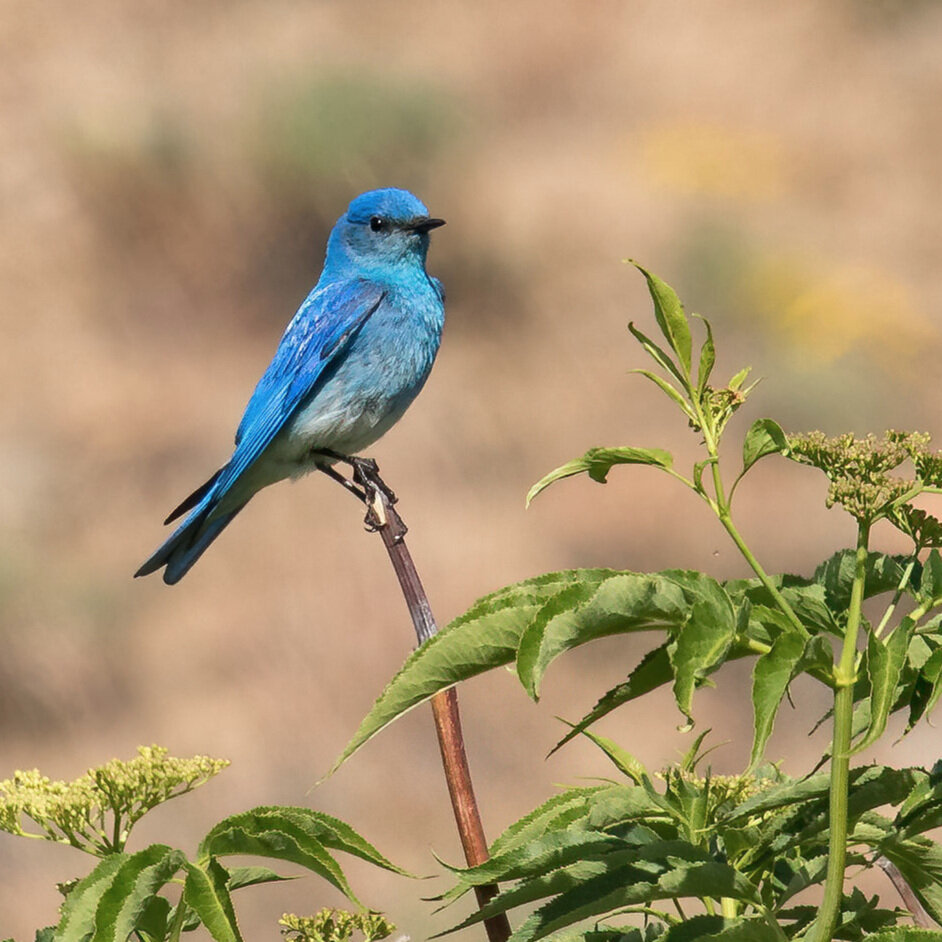We’re celebrating #BlackBirdersWeek — and today’s theme is #LiferMemories!
Locating and observing a lifer has, for me, always combined the wonders of my youthful, imaginative fascination regarding birds with the actual physicality of the whole experience, from planning to conclusion. Whether from a deliberate journey, or something happenstance that occurs during a regular birding walk, there is anticipation, elation, dejection, determination and a plethora of other emotions involved every time. In order to describe a seminal lifer experience for me, I feel it important to first set the backdrop and provide a bit of historical context of what birding has meant to me, especially now during Black Birder’s Week.
Birding has always been a part of my life, although I will admit to it being, at times more peripheral than I wish it had been. Fond memories of birds permeate my childhood memories and if I am being transparent, were an escape and provided safe harbor to a boy of mixed ancestry growing up in 1960’s and 1970’s America. I learned at an early age that there were many inequities and much hatred all around me; it seems only natural I would seek something that could take me away from so much I had no control over and yet had to experience daily.
In his essay What Do We Do About John James Audubon? , J. Drew Lanham reminisces how “Playing Audubon or any other mostly white character as a 10-year-old, I never thought too deeply about race. Identity was suspended in fantasy.” This resonated deeply with me, as that is very similar to my experiences as a boy. When I was watching birds and constructing the explorer-themed fantasy my active young mind conjured, there was nothing else: no racism, no social injustice, no confusing and inexplicable hostilities or suspicions.
What I found at an early age was a consistency in all the chaos of the natural world. In all the seeming disorder there was a rhythmic order that I found soothing and reassuring. All wild things were caught in the struggle to stay alive, and the requisite biological imperatives associated with it. I felt I was always viewed equally by all my avian friends; with detached disinterest commiserate with my perceived threat to their existence. I have always found solace and comfort in knowing that with birds, I am viewed only by this and not by any of the judgments that people can sometimes make that result in comments, hostile actions or microaggressions that have, at times, been generated by my appearance.
“I can still close my eyes and recall my favorite childhood memories associated with birds like they just happened.”
Birding was never an “official” part of my childhood, but an awareness of birds and casual identification were incorporated in other outdoor activities such as camping and fishing. But I was always drawn to birds and I loved watching the birds I could find in my yard and neighborhood. I can still close my eyes and recall my favorite childhood memories associated with birds like they just happened.
Sitting on a ladder, enjoying a warm June breeze in the early spring sun, taking meticulous notes as American Robins frantically fed their brood.
The occasional trip to Horicon Marsh to see the migrating waterfowl; the sound of honking Canada Geese as they migrated south in the fall permanently linked in my mind with the changing colors and biting winds that foretold the impending arrival of winter.
Common Nighthawk, photo by Jeff Galligan
Laying on the summer grass and lazily watching Common Nighthawks perform their amazing aerial acrobatics in the dozens, their nasal “peents” gently drifting down caress my ears.
Observing grackles locate and consume a Robin chick that had fallen from the nest before it was able to fly and struggling with the conflicting emotions it engendered in me.
Each of these memories and so many others are indelibly etched in my mind’s eye, permanently available for viewing with closed eyes and a bit of concentration. For much of my life, I did what could best be termed situational or casual bird watching, and although I may not have been as passionate about it as I am now, birds were never far from my mind. Birding was always something that I wanted to become more involved with doing.
As a young boy, I spent a lot of time reading all about birds of North America in my father’s copy of Roger Tory Peterson’s Field Guide to Birds of Western North America. I was captivated by the ranges of different birds and would fantasize about traveling to places like Arizona, Florida and Texas to see the exotic sounding and looking birds that lived there. Birds like the Crested Caracara, Greater Roadrunner, Purple Gallinule, Roseate Spoonbill, Painted Bunting, Wood Stork and California Condor all held an almost mystical aura for me.
Crested Caracara, photo by Jeff Galligan
Purple Gallinule, photo by Jeff Galligan
Wood Stork, photo by Jeff Galligan
The Lifer Experience
“Little did I know that this “fledgling” desire to see new bird species and their habitats was laying the foundation for a passion that has been so impactful to my adult life. ”
For me, a lifer experience connects the ethereal and youthful exuberance of my childhood fantasies about breathtakingly plumed and named birds from mysterious places that are untouchable, with the very adult and physical experience of planning and preparing for and then executing a heart-pumping, adrenalized successful journey to behold a new lifer.
Mountain Bluebird, photo by Mick Thompson
The first lifer experience I had that challenged this youthful perception and left me with that jolt of adrenaline that always accompanies seeing a new lifer occurred during a camping trip in the Rocky Mountains in 1976. I was 9 years old, and I remember playing around in the campsite when I looked up and there was a male Mountain Bluebird sitting just a few feet away from me. I was spellbound by the vivid blue of that bird. It was as if everything else had lost its color and dimmed and the bluebird was the one bit of shining purity there was. Seeing that Mountain Bluebird was for me, the first time that a bird inspired by my perusal of Field Guide to Birds of Western North America met the realities of being able to make pages of books come alive by being in the right places at the right times. That feeling has never left me and it still to this day feels a bit fantastical when I first see a desired lifer, especially one that is rare or requires travel to see.
Yet, this is not the lifer story I wish to describe here. That happened in more recent memory and has influenced the importance birding now has in my life. When I was approaching the dissertation process of my doctorate in 2013, I made a bargain with myself that if I would focus all my time and effort on that dissertation and getting it done within one year, I would begin to bird earnestly and incorporate it in my life. That is exactly what I did.
As summer took hold in 2014, I honored my promise to myself by getting more involved in the birding community. This initially meant joining birding groups on Facebook and conservation organizations to attend field trips. It was through a Facebook birding group that I received notification on August 2, 2014, that a Red Knot was at the Sauk Canoe Launch, a place I had never heard of. Imagine my excitement as I looked up this place and realized it was only about a 30-minute drive away! I hurriedly got my binoculars and camera together and headed out. As I was driving, apprehension mixed with the excitement. I had no idea what to expect, who might be there and how I would locate the Red Knot if it were still there.
I remember parking and seeing a birder walking up from the beach with a spotting scope. He asked if I was looking for the Red Knot and provided me directions when I affirmed that was indeed what I was there for. As I wound my way down to the sand, I could see two forms in the distance and so moved towards them. As I approached, I could see shorebirds moving along the edges of a large pool of water near the Wisconsin River. As I scanned the birds, there it was. The Red Knot was there! I was mesmerized and the full realization of what was happening and how social media could influence the ability to know when and where great finds were being seen hit me hard. As a side note, I am still friends with and occasionally bird with one of those two figures I saw on that beach!
Photo by Jeff Galligan
Lifer. I have had my share of confused looks from non-birding friends when discussing lifers. For these and others not attuned to birds, it has no real meaning. But to a birder, the importance and layered meaning is perfectly clear. Since that fateful day on August 2, 2014, I have birded often, consistently, and as many places as I can. I have seen and immersed myself in all types of weather and environments; from 110-degree heat in Mesa, Arizona while searching for Peach-faced Lovebirds to the bitter cold of 20-degrees below zero photographing fishing Bald Eagles at Petenwell Dam. I have been fortunate enough to bird in locations throughout Dane county, Wisconsin, the United States, Mexico, Canada, Bolivia and Nicaragua.
I am excited about efforts to diversify the birding community and to ensure equitable access to the birds and beauty of Wisconsin and look forward to continued growth of supportive birding communities for Black birders and other people of color. I look forward to seeing you out and about searching for that next lifer!
Written by Jeff Galligan, Madison Audubon board member (Madison)


